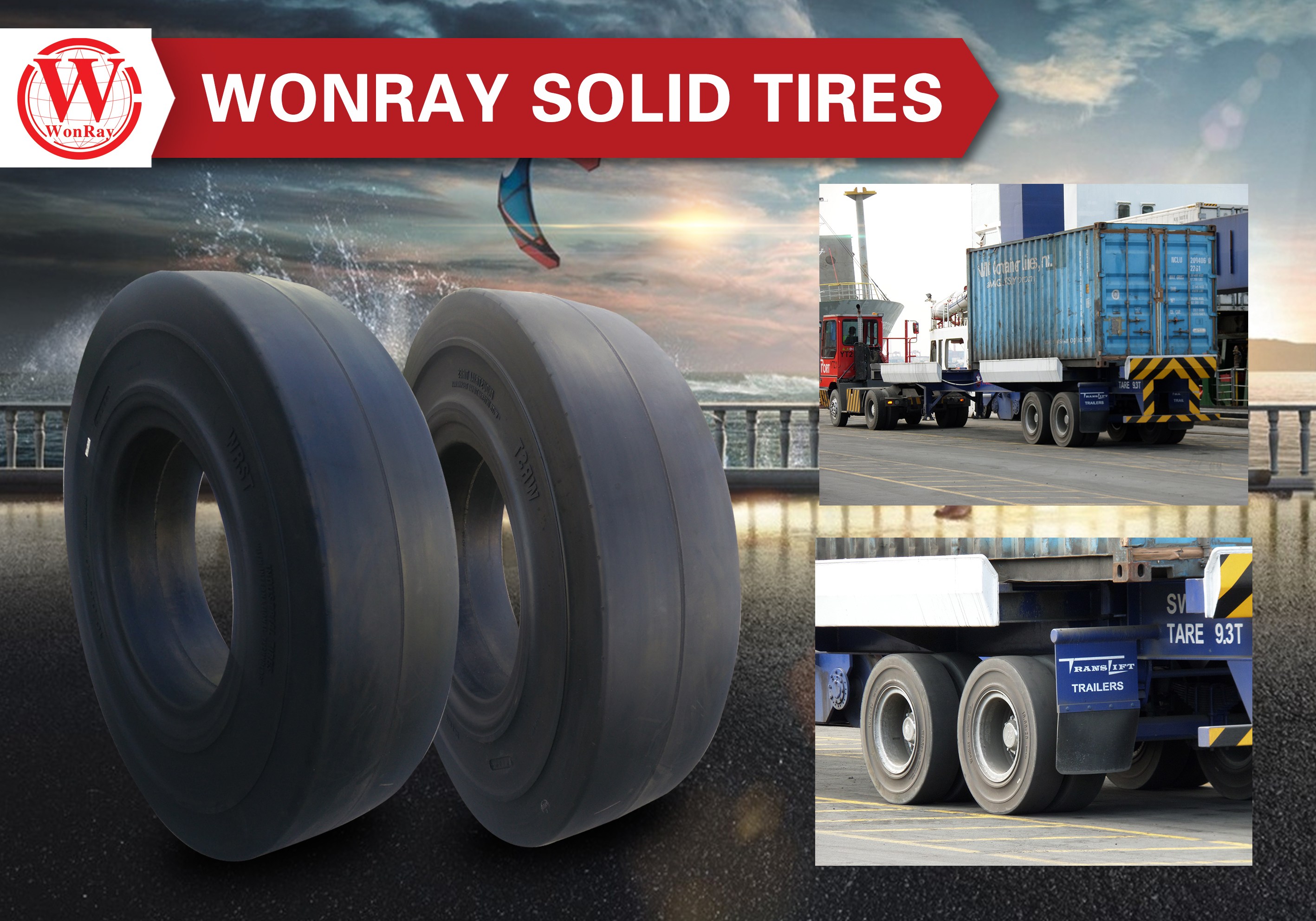In the modern aviation industry, every detail matters — especially when it comes to ground handling efficiency. Passenger Boarding Bridge (PBB) tires play a crucial role in ensuring seamless connection between aircraft and terminals, enabling safe, smooth, and precise passenger movement. Though small in size compared to aircraft components, their reliability directly impacts airport safety, operational uptime, and passenger experience.
What Are Passenger Boarding Bridge Tires?
Passenger Boarding Bridge tires are specialized industrial tires designed for air bridge systems, which extend from airport terminals to aircraft doors. These tires support the bridge’s movement and positioning, ensuring smooth operation even under constant stress and environmental variations.
Key Characteristics
-
High Load Capacity: Supports heavy bridge structures and continuous movement cycles.
-
Weather Resistance: Performs reliably under temperature fluctuations, rain, and UV exposure.
-
Precision Movement: Ensures stability during alignment with aircraft doors.
-
Low Maintenance: Durable materials reduce wear and extend operational life.
Types of Passenger Boarding Bridge Tires
Different airports and bridge systems require various tire designs. Common types include:
-
Solid Rubber Tires: Puncture-proof and maintenance-free, ideal for long-term use.
-
Air-Filled Tires: Offer excellent shock absorption for smoother bridge motion.
-
Polyurethane Tires: Combine flexibility with high wear resistance, suitable for frequent operations.
Each type is selected based on terminal design, bridge weight, and operating frequency.
Why Quality PBB Tires Matter for Airports
The importance of reliable Passenger Boarding Bridge tires goes beyond mobility — they are fundamental to airport efficiency and safety.
-
Operational Stability: Prevents sudden breakdowns or bridge misalignment.
-
Reduced Downtime: High-quality tires minimize maintenance frequency.
-
Passenger Safety: Smooth movement reduces vibration and prevents structural stress.
-
Cost Efficiency: Long service life lowers total ownership costs.
Maintenance Best Practices
Regular tire inspection and maintenance are key to keeping boarding bridges in optimal condition:
-
Check tire pressure and structural integrity (for pneumatic models).
-
Inspect for wear, cracks, or flat spots.
-
Lubricate moving parts connected to tire axles.
-
Replace worn tires promptly to avoid unplanned downtime.
Summary
Choosing the right Passenger Boarding Bridge tire is an essential investment for airports aiming for operational excellence. With proper selection and maintenance, these specialized tires ensure safety, comfort, and efficiency at every gate — contributing to a smoother passenger experience and reliable ground operations.
Frequently Asked Questions (FAQ)
Q1: How often should Passenger Boarding Bridge tires be inspected?
A1: It’s recommended to inspect them every 3–6 months, depending on bridge usage and environmental conditions.
Q2: What’s the best tire type for heavy-use airport terminals?
A2: Solid rubber or polyurethane tires are ideal for high-traffic terminals due to their durability and low maintenance.
Q3: Can standard industrial tires be used for passenger boarding bridges?
A3: No. PBB tires are specifically designed for precision movement, load stability, and environmental resilience required in airport operations.
Q4: How do tire failures impact airport safety?
A4: Tire damage can lead to bridge misalignment, causing operational delays or safety risks during aircraft docking and passenger transfer.
Post time: 17-10-2025

